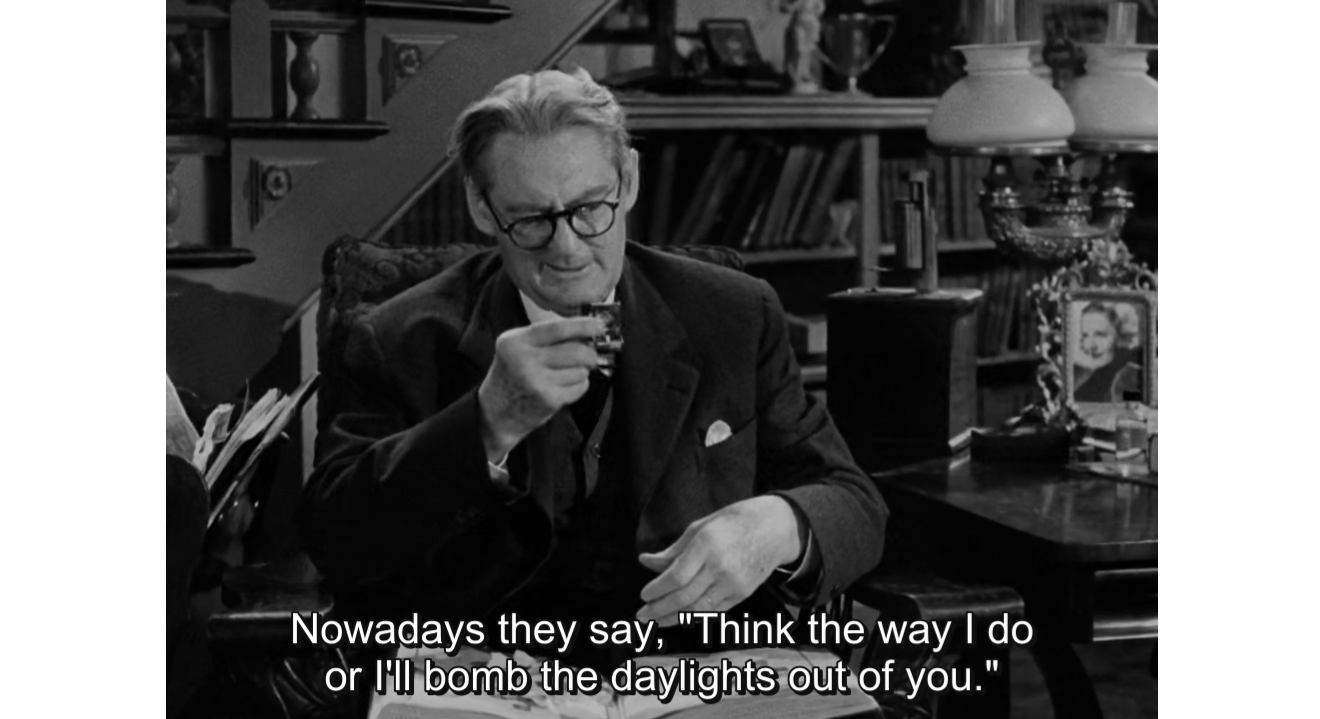
Donsol (Adolfo Alix Jr., 2006)
Daniel (Sid Lucero) is a B.I.O. or butanding (whale sharks) interaction officer. Every year, the shores of the town of Donsol become the mating grounds for the whale sharks, inviting hordes of tourists from all over the world to the once-sleepy fishing town. Fisher folk would exchange their nets in exchange for more lucrative employment as tourist guides. Teresa (Angel Aquino) is a breast-cancer survivor who accompanies her journalist friend Mars (Cherie Gil) to Donsol. Harboring a secret memory with the tourist town, she courageously tries to overcome that memory by revisiting the calming blue waters that team with gentle whale sharks, and in the process, find love in the persona of Daniel.
First time director Adolfo Alix Jr. is no stranger to filmmaking. He has written several scripts for Gil Portes including Mga Munting Tinig (Small Voices, 2002), Homecoming (2003), Mourning Girls (2006), Beautiful Life (2004), among others. They're not exactly films I would've been proud of; Portes' films are drowned with misplaced art film cliches and borrowed (or outrightly plagiarized) plot lines. Zhang Yimou is an obvious influence on the script of Mga Munting Tinig, Mark Meily on Mourning Girls; Homecoming is too embarrassingly bad and mishandled that influences are muddled in its overgloating melodramatics.
Donsol is more well-written and less self-indulgent than his previous scripts but to consider it original is overly off-tangent. May I remind you of that beautiful and criminally underseen Jeffrey Jeturian melodrama Minsan Pa (One Moment More, 2004), scripted by the incomparable Armando Lao. The similarities are uncanny: Minsan Pa is also about a tour guide (of Cebu City) who falls in love with a tourist from Manila. The big difference between the two scripts is the depth; Lao doesn't merely create a character, he creates a real person whose interactions with the people around him, whether permanent (his parents, siblings) or transient (tourists, friends), are as important to the film as the main storyline. Alix's script is shallow. Above the love story between Daniel and Teresa, there is nothing else that draws emotions. Minsan Pa has multi-layered storylines; Donsol has disposable side plots and disposable supporting characters.
The themes are also alike. Donsol struggles to flesh out the temporary nature of romantic relationships of people like Daniel, who would meet females daily; beds them but never really feels an emotional fulfillment. Minsan Pa gives us a complete picture of that exact transitory relationship, then moves on without batting a regretful eyelash. Donsol is petrified in that love story, which makes its overly dramatic ending disappointingly unfulfilling.
But to completely diss Donsol as Armando Lao-lite is a disservice to the technical merits of this low budget feature. Seeded by a grant of the Cinemalaya Film Festival (the festival that bestowed upon us Ang Pagdadalaga ni Maximo Oliveros (The Blossoming of Maximo Oliveros, Aureaus Solito, 2005)), Donsol boasts of beautiful imagery that stretched the capabilities of digital filmmaking. The underwater scenes, which also feature the gentle whale sharks, are breathtaking. The blue skies, the untampered sea vistas, the highlighted tourist spots, are all captured excellently. While cinematographer Eli Balce did the best he can do with his medium, I can't help but imagine how the film would look if it were shot in 35mm. Probably breathtaking, we'll never know.
Alix actually directs better than he writes. There's a moody restraint that inhabits the textures, the colors, and the plotting of his feature; that is the same restraint I wish Portes had. I admire how he handled the breast cancer scenario with mature hands. There's a tendency of overemphasizing tragedy, Alix downplays and thus rejoices in the few moments of celluloid-printed joy.




































1 comment:
I think Alix would be a better filmmaker than Portes, oggs. Or he could be a one-hit wonder just like Abbo dela Cruz (Misteyo sa Tuwa) and Pio de Castro (Soltero). Can't imagine the cinematography if they shot it in 35 mm. It would be more breathtaking!
Post a Comment